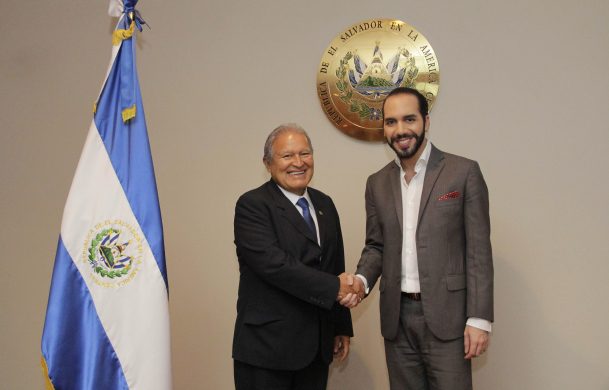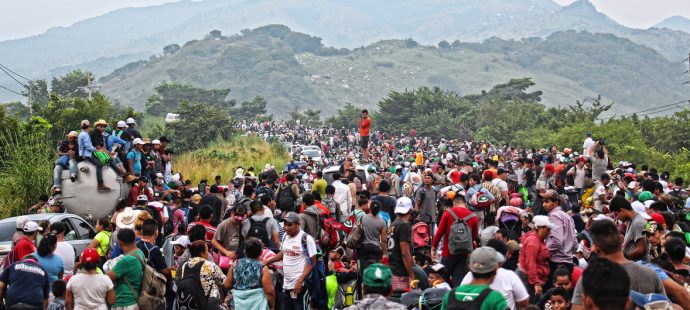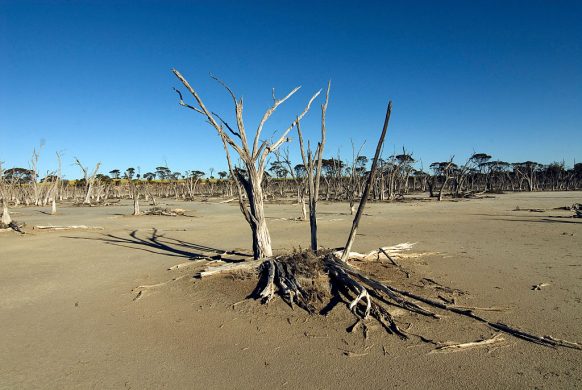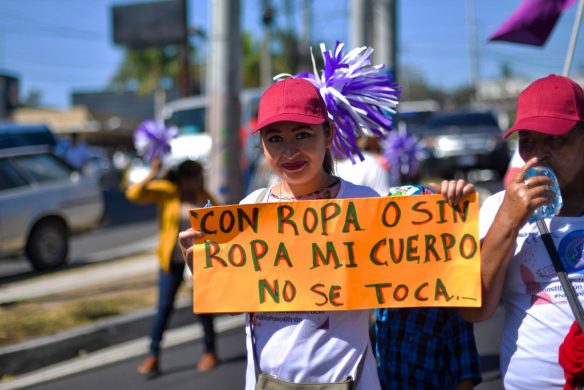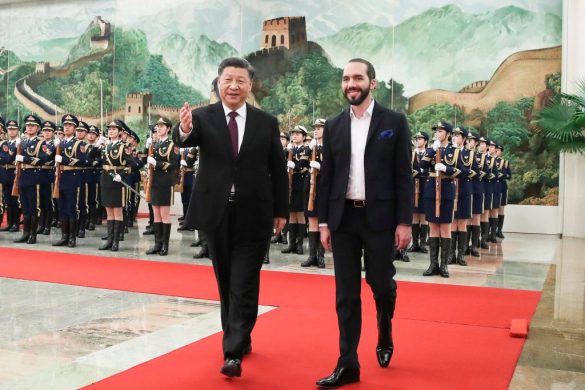Initiativer for at skabe udvikling lægger ofte vægt på, hvor vigtigt det er at skaffe hurtige resultater i hus og plukke de “lavthængende frugter”. Men hvad nu hvis de mest påtrængende behov også er de sværeste at opfylde?
WASHINGTON D.C., 4. December 2015: The Bajo Lempa region of El Salvador is a good illustration of this.
Located along the Pacific coast in what is known as the Central American Dry Corridor, Bajo Lempa features everything from hillsides covered in coffee plantations, to flood-prone coastal plains where family farms border industrial sugarcane operations, to mangrove forests that compete with shrimp (reje) production.
Increasing population and agricultural pressures have led to widespread deforestation, soil erosion, and pollution from agrochemicals.
Landlessness and poverty – key grievances in El Salvador’s 1980s civil war – still linger in the form of a fragmented land tenure system.
And climate change has worsened many of these issues due to reduced or erratic rainfall, and more frequent and intense tropical storms.
All of these factors are complex enough in their own right, but they present an even more daunting challenge when aggregated (samlet) into a single landscape.
Her kommer AbM ind i billedet
And yet a landscape approach, focused on adaptation-based mitigation, is precisely the kind of intervention that Gerardo Segura, World Bank Senior Natural Resources Management Specialist, thinks could help places like Bajo Lempa regain many of their valuable ecosystem services while sustaining economic growth.
“When dealing with degraded (nedslidte) landscapes, governments often prefer to start where conditions are less complex and challenging, but you need to start where the needs are the greatest, and where people rely heavily on natural resources and suffer when these resources become scarce,”
Segura said. “Central America is one of the world’s regions most vulnerable to climate change, which has implications for natural ecosystems as well as for productive sectors like agriculture”.
“Without a comprehensive (samlet) landscape approach, none of the individual challenges can be resolved in the long-term.”
Ideen bag
The idea behind adaptation-based mitigation (AbM) is that national priorities for adaptation determine the scope, content and selection of climate change mitigation activities.
For El Salvador, this means reversing environmental degradation while simultaneously increasing the capture and storage of carbon in the plants and soil.
By applying AbM at the landscape level, the goal is to integrate the different demands placed on the land to come up with large-scale, people-centered solutions for natural resource management.
El Salvador is a pioneer in this space: its Program for Ecosystem and Rural Landscape Restoration (PREP for its acronym in Spanish), launched in 2012 by the Ministry of Environment and Natural Resources (MARN), applies nationwide.
Læs videre og se meget mere på
http://www.worldbank.org/en/news/feature/2015/12/04/in-el-salvador-adaptation-based-mitigation-offers-ambitious-solution-for-climate-resilience
Begynd fra: ”To inform PREP and other regional AbM initiatives,…



